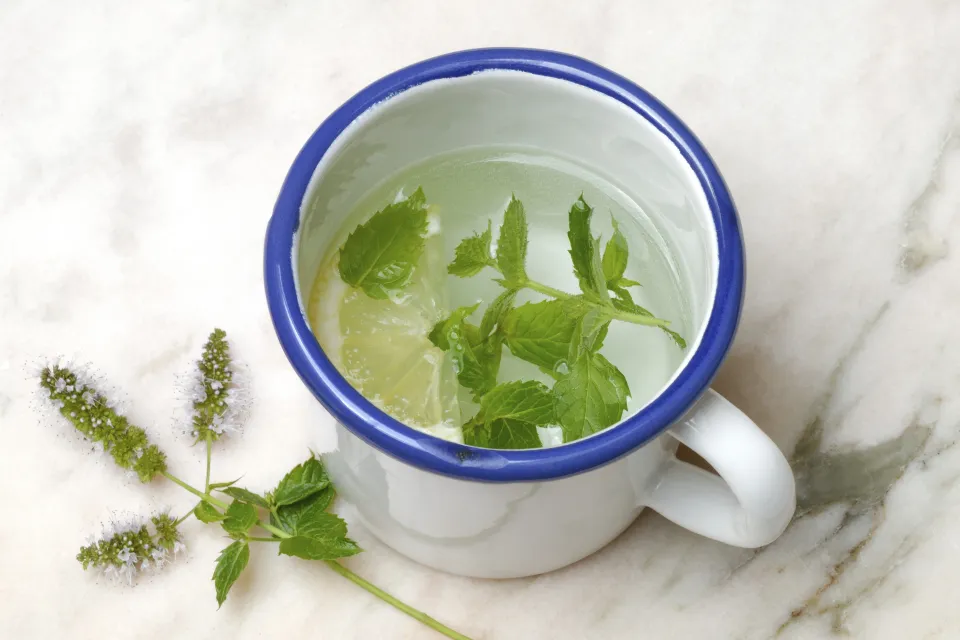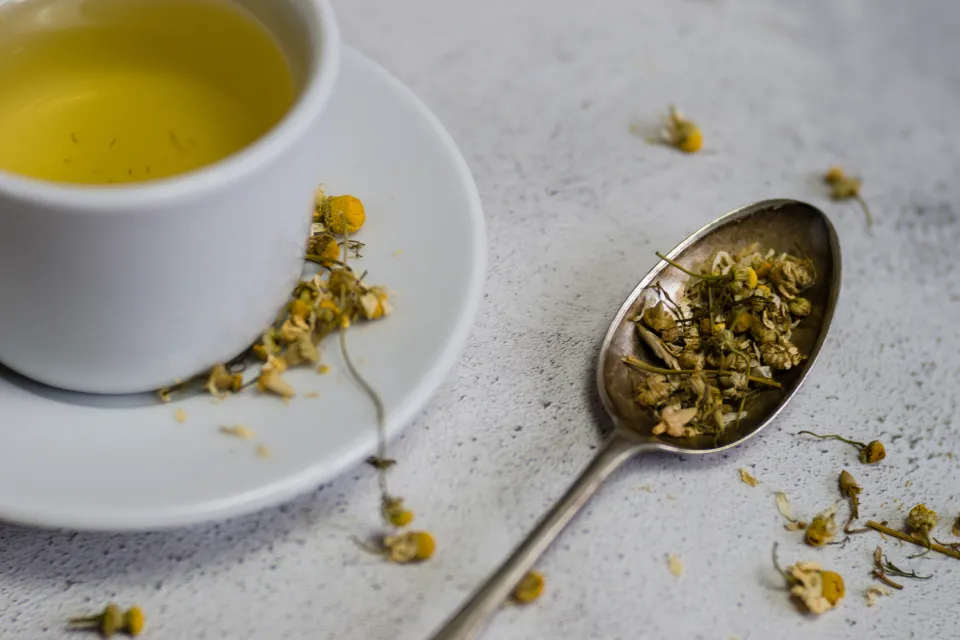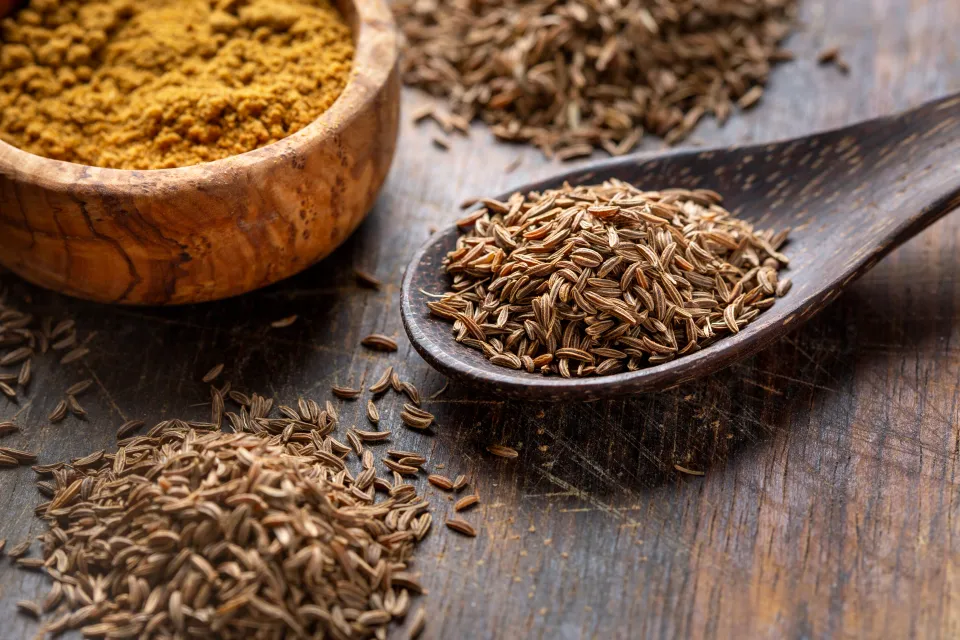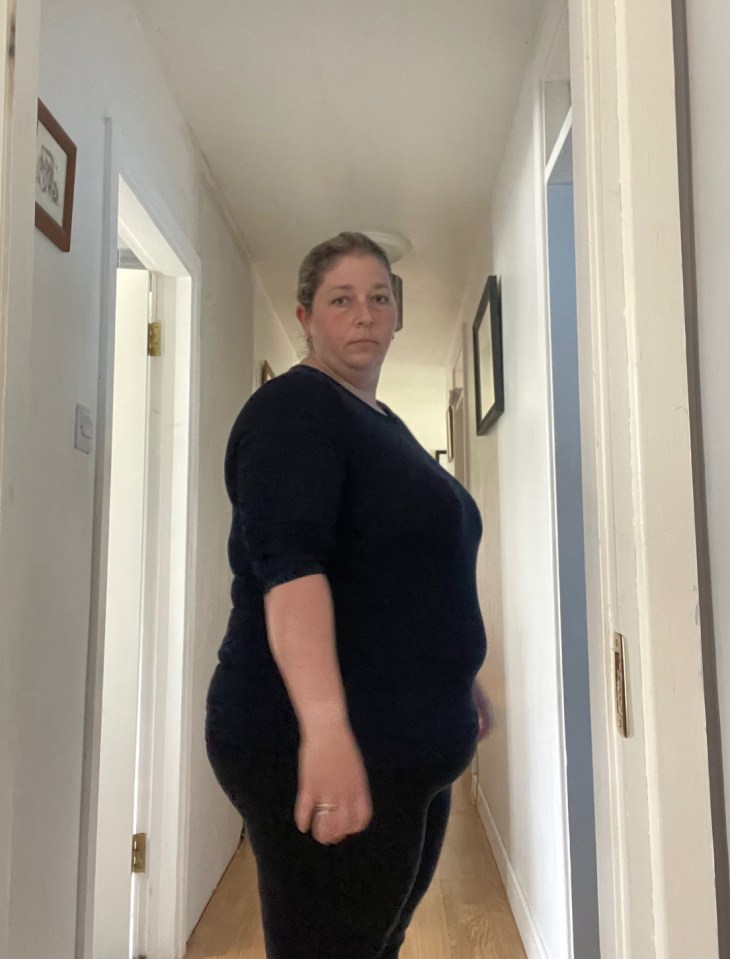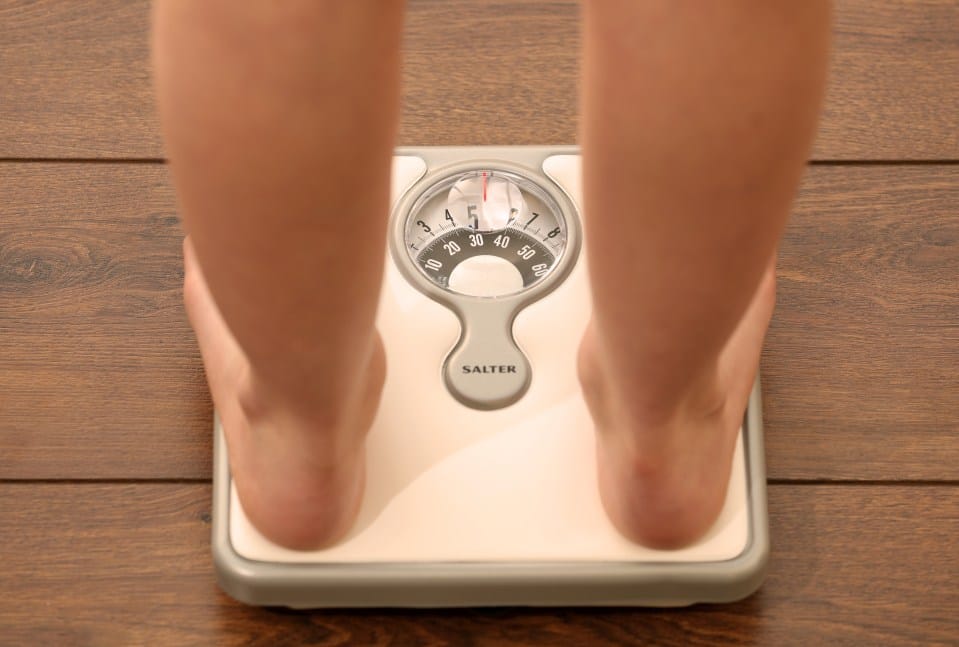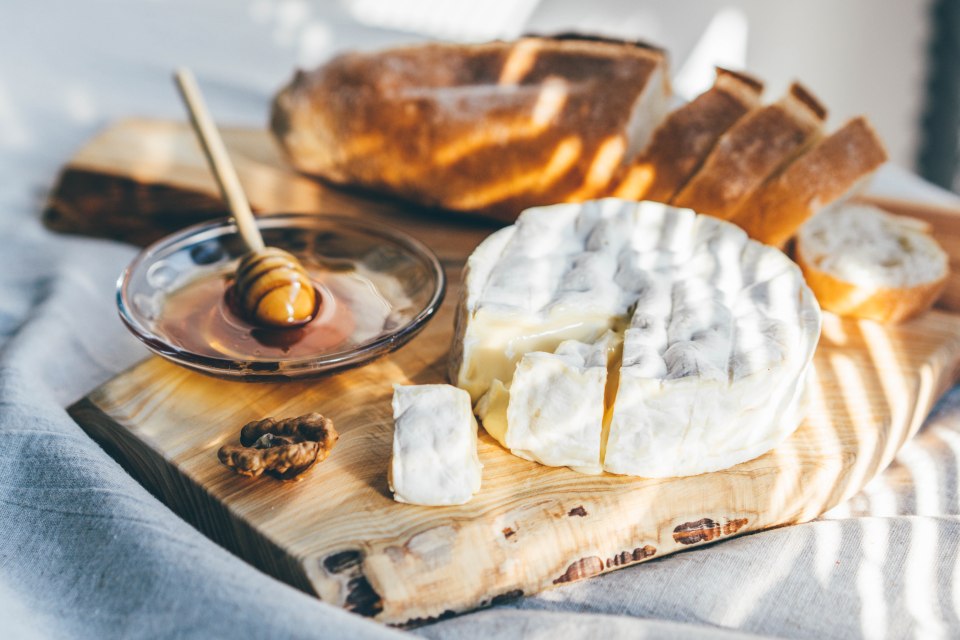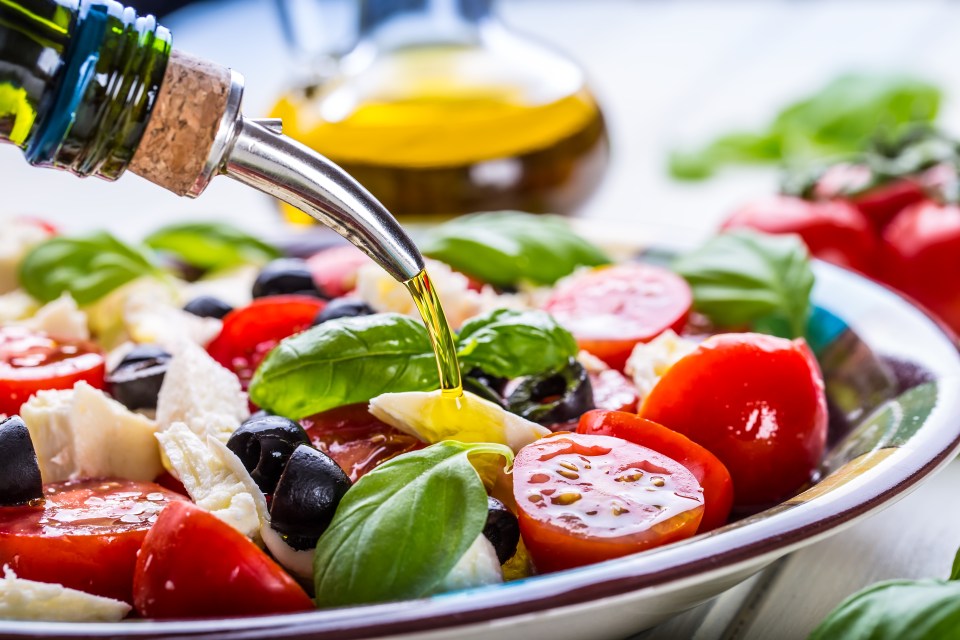How to slim fast with 5 cheap teas and spices that beat the bloat – from peppermint tea to cumin
DOES it feel like you’re constantly squirming against the waistband of your jeans? And does your tummy often feel uncomfortably swollen?
Bloating is all too common – especially after a long day or a large meal.
But it doesn’t make it any less uncomfortable when your guts just won’t play ball.
Your first instinct might be to try and keep your stomach sucked in, or pop a Rennie to provide some relief.
According to pharmacist Dipa Kamdar, there are natural ways to support your gut health and bring down your bloat.
“For centuries, herbs and spices have been used in traditional medicine for their digestive benefits, and modern science is beginning to back up some of these age-old remedies,” the senior lecturer in pharmacy practice at Kingston University wrote in The Conversation.
She shared five cheap ingredients “linked to better digestion” – some of which you might already have in your kitchen.
These range from peppermint and chamomile tea to cumin seeds.
Dipa said: “Herbs and spices are not a replacement for medical treatment, but they can complement a balanced diet and offer gentle support for everyday digestive issues.
“In normal amounts they are generally safe to cook with, but anyone with underlying conditions or on medication should consult a healthcare professional first.
“For many, though, a cup of chamomile tea or a sprinkle of cumin may be a simple – and tasty – step toward better digestive health.”
Here are five ingredients to eat or drink to slim down your waist and ease stomach discomfort.
1. Peppermint tea
Dipa said: “Peppermint is one of the best-known herbs for easing digestive distress.
“Its active compound, menthol, relaxes the muscles of the gut, helping to reduce bloating, gas and abdominal pain.
“It may also reduce sensitivity to pain, fight harmful bacteria and calm inflammation.”
According to the pharmacist, clinical trials have shown that taking peppermint oil capsules can relieve irritable bowel syndrome (IBS) symptoms – from stomach cramps, to bloating and constipation.
But steer clear of peppermint oil if you have acid reflux, she warned.
The oil can relax the lower oesophageal sphincter – the muscle that stops stomach acid flowing back into the throat – which may trigger heartburn, especially if you haven’t eaten anything.
Sipping on peppermint tea will be gentler and may offer similar benefits, Dipa noted.
2. Chamomile tea
Do you like to sip on chamomile tea before bed?
It may do more that make you feel sleepy, according to Dipa, who said the flower “may also soothe the digestive system”.
“Chamomile tea is one of the world’s most popular herbal drinks and has long been used to ease indigestion, gas, stomach upset and gut irritation,” she wrote.
“Evidence is mostly traditional, but animal studies show chamomile extract can reduce stomach ulcers thanks to its antioxidant properties.”
The popular tea may also help ease an upset tummy, Dipa added.
“Another trial found that children with mild diarrhoea recovered more quickly when treated with a chamomile mixture.”
She noted that the study combined chamomile with other herbs
Dipa also cautioned that some people may be allergic to chamomile.
3. Fennel seeds
Known for their sweet anise-like flavour, fennel seeds are frequently added to stews and curries – but they may also help gut discomfort and bloating.
“Fennel is traditionally chewed after meals in many cultures to freshen breath and aid digestion,” Dipa said.
“Its seeds are high in insoluble fibre, which helps prevent gas build-up and bloating.”
Eating more insoluble fibre can help with bloating in the long run.
When should I be worried about bloating?
You’ll know you’re bloated if:
- Your tummy feels full or bigger than usual
- you have tummy pain or discomfort
- Your tummy is rumbling or making noises
- You’re farting more than usual
The most common reason for bloating is having a lot of gas in your gut.
This can be caused by some food and drinks, such as some vegetables and fizzy drinks, or by swallowing air when you eat.
Constipation, IBS, Coeliac disease and food intolerances can also be a cause.
Some people feel bloated around the time of their period.
But sometimes, bloating that does not go away can be a sign of something more serious such as ovarian cancer.
Here’s when you should be worried about bloating.
See a GP if:
- You’ve been feeling bloated for three weeks or more
- You feel bloated regularly (more than 12 times a month)
- You’ve tried changing your diet but keep feeling bloated
- You have a swelling or lump in your tummy
- You have bloating along with being sick, diarrhoea, constipation, weight loss or blood in your poo
- You find it difficult to move or do daily activities because you’re bloated
Source: NHS
The NHS recommends about 30g of fibre a day.
But make sure you gradually add fibre to your diet, as overdoing it can actually lead to more gas and bloating.
Dipa went on: “Anethole, fennel’s main active compound, is chemically similar to dopamine and relaxes gut muscles – a mechanism confirmed in lab studies.
“In a small trial in people with IBS, fennel reduced cramp-like abdominal pain, probably due to this muscle-relaxing effect.
“Human trials are limited, but fennel’s long history of safe use supports its traditional role in digestive care.”
4. Cumin
“Cumin has an equally long track record for easing digestive problems,” Dipa added.
“Modern studies suggest it boosts digestive enzyme activity, speeding the breakdown of food.
“It also encourages the release of bile from the liver, which helps digest fats and absorb nutrients.”
She cited one study conducted on rats, which found cumin shortened the time food spent in the digestive tract by about 25 per cent.
This is “likely due to these enzyme and bile effects”, the pharmacist said.
“In a clinical trial of 57 people with IBS, concentrated cumin significantly eased symptoms within two weeks,” she added.
5. Carom seeds
Carom seeds, also known as Ajwain, are a spice with a strong, bitter, thyme-like flavour, and are a staple in Indian cuisine.
“They’ve been used for centuries to relieve gas and bloating, probably because of thymol, a compound that stimulates the stomach to produce more acid — sometimes up to four times more,” Dipa said.
Again, studies on the spice’s digestive effects tend to conducted in animals.
A study on rats found that carom seeds made food move through the digestive tract faster, boosted digestive enzyme activity and increased bile secretion, which helps break down fats in food.
But Dipa warned: “Pregnant or breastfeeding women should avoid large doses, as high intakes have been linked to miscarriages.”
